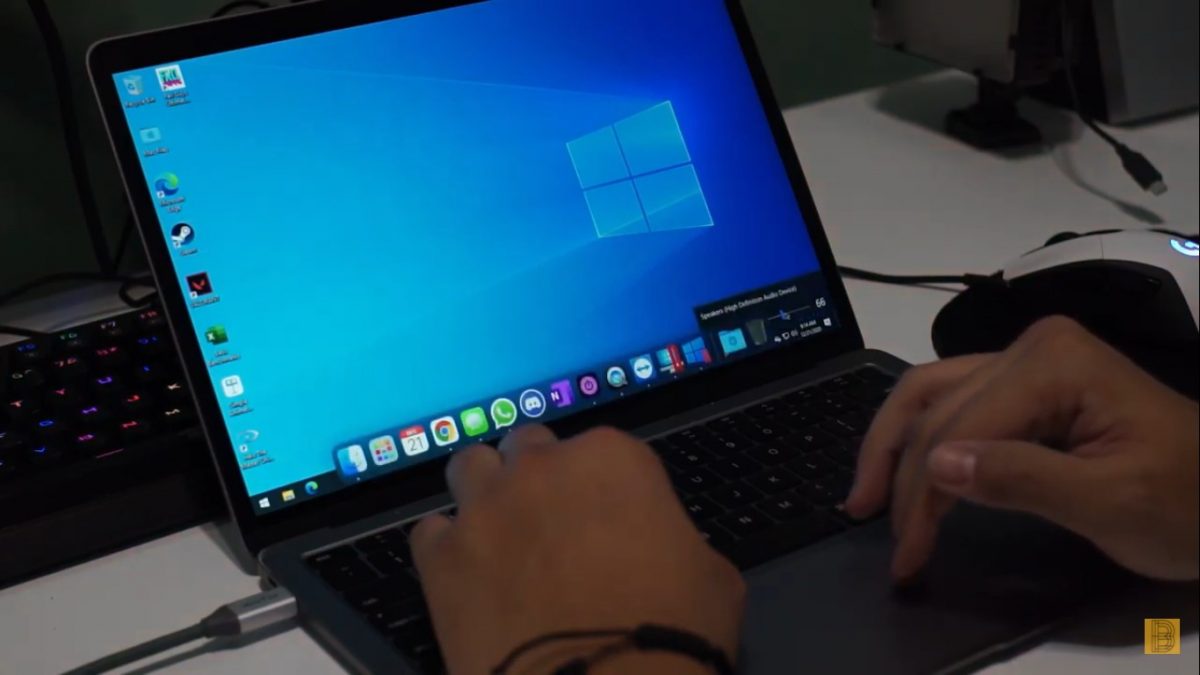
There are third-party solutions that address both of these issues. Another issue, specifically with Windows 11 on Macs, is that Windows 11 requires the presence of a TPM (trusted platform module) to run and Macs don’t have these.

Many people find it inconvenient to constantly switch back and forth between the macOS and Windows. The problem with Boot Camp is that it forces users to make a choice – either you run the macOS or you run Windows. Users could simply dual boot a Mac, starting it up running either the macOS or Windows. This is a utility that allows you to partition your Mac’s hard drive or SSD – effectively splitting it in two – leaving the main macOS on one partition, and then allowing you to install Windows on the new partition. This was a benefit to Apple because it took away one of the biggest concerns of Windows users when considering a move to the Mac – it meant they could bring Windows and their Windows software with them.Īnd, in true Apple style, it came up with an elegant solution, known as Boot Camp. Click I accept to complete the process.When Apple moved to Intel processors back in 2006-2007, it also brought the ability to run Windows to the Mac because the macOS and Windows OS suddenly spoke the same language (the x86 instruction set used in Intel processors). Upon clicking it, you'll be presented with the Microsoft EULA. Once the installation process is over, you'll get the Installation Complete prompt. Windows will be downloaded and installed automatically. To install Windows 11, run Parallels Desktop, then click on the Parallels icon in the Mac menu bar > Control Center > + > Get Windows 11 from Microsoft > Continue > Install Windows. For more information on Windows 11 compatibility issues, check out KB 128796. Therefore, if an application does not run in Windows 11, it is either likely due to some misconfiguration, or the issue could be due to an application not being compatible with ARM architecture.


However, Windows 11 should be fully compatible with all applications that Windows 10 is compatible with. And as a result, Windows 10 is no longer supported in Parallels Desktop on Mac computers with Apple M Chips. Note: Microsoft no longer provides support for Windows 10 ARM. For installing a macOS virtual machine, see KB 125561.For installing a Linux virtual machine, see KB 128445.To install a new virtual machine on a Mac with Apple M chip, you need to use an ARM-based installation image with a supported operating system.


 0 kommentar(er)
0 kommentar(er)
